Here we come with the second step of digitization of an environment, previously, not automated.
Resume of the previous episodes
We’ve used a PLC, an HMI and the OEE module (software agents in a server machine).
Those three ingredients have been enough to know the efficiency of our production through a crucial KPI: the OEE.
We then noticed our lacks: now it’s time to take care of them by improving, one by one, the three metrics that help us define the OEE: the amount of machine breakdowns, the process speed, the number of scraps.
Let’s start from the breakdown problems. This kind of problem is strictly connected to the maintenance activity… let’s begin that second episode then!
The maintenance management
Until now, the maximum digitization applied to the maintenance management requires the usage of a complex excel file, named Machine Ledger.
We’re talking about an annual calendar in which all the maintenance activities related to a machine are scheduled (autonomous and professional).
The Machine Ledger is mostly used from the World Class Manufacturing companies.
In absence of that tool, the maintenance management involves nothing more than autonomous preventive maintenances (cleaning or lubricating) and professional reactive ones such as sudden failures.
Now it’s the time to discover a new solution (obviously digital) whose purpose is to acquire crucial KPIs regarding the maintenances: we’re talking about precious data that will allow us, overtime, to drastically reduce the amount of machine breakdowns which translates in avoiding production losses.
There are various tools, of different complexity, useful to manage the maintenances in a totally digital way. We reunited them all inside a solution that we called Machine Ledger 4.0.
We decided to call it like that because it’s strictly inspired by the well-known tool from the WCM, but the “4.0” indicates that it’s a connected tool, able to communicate with the entire 4.0 factory.
The Machine Ledger 4.0
It’s a WCM related tool that we adapted to every kind of industry, may it be small or huge
The Machine Ledger 4.0 is inspired by the traditional Excel version, it allows indeed to import XLS files into it. The difference is that we’re providing a super-fast to compile platform, entirely web based in which the machine is configured, divided in all its components.
Let’s see what is it that we talk about when it comes to the ML 4.0.
The ML 4.0 presents itself as a component list of the integrated machine with an annual calendar in which all the defined maintenance operations are scheduled.
Those operations divide themselves in four different categories, which get more complex and advanced between one another:
- BBM: Breakdown Based Maintenance. It’s the most basic one, but also the most problematic because it concerns a sudden breakdown. It’s the maintenance operation that should be reduced the most. The objective of that tool is to eliminate that kind of operation. In that case, the correct tool is the EWO module which allows to describe the kind of problem, where it came from and for what reason as it helps understand the causes properly and optimize the quickness of the maintenance when the problem repeats.
- TBM: Time Based Maintenance. It’s the kind of maintenance based on time: it allows to select a time shift after which a maintenance activity gets scheduled, may it be cleaning, lubricating or substituting.
- HBM: Hit Based Maintenance. We’re talking about a more precise way of doing maintenance as it’s not based on time, but on hits or cycles. The activity gets scheduled whenever the piece of the machine reaches its max work limit, instead of setting it dependently on the time. How do we know when the component reaches its limits? It’s very simple, we’ll use the PLC that we already installed in our machine. If we know that in order to produce a piece we need 5 hits, depending on the produced pieces we’ll know the effective usage of a component. Thanks to the digital machine ledger the scheduled date for the substitution can be dynamic, which means it can shift overtime, depending on the effective usage of that machine.
- CBM: Conditional Based Maintenance. The CBM is another kind of maintenance scheduling, even more complicating than the previous one, as it allows to set conditions regarding the thresholds of one or multiple variables. In order to use the CBM we need to configure our variables, together with the threshold excesses. Here comes necessary a system named Statistic Process Control that we will cover in the next episodes as it concerns the Artificial Intelligence. Independently from the usage time or cycles, an out of control (threshold excess) variable will determine a maintenance activity, which’ll be scheduled directly in the Machine Ledger calendar.
The power of the ML solution does not end here. Just like the OEE, the ML produces precious KPIs: MTTR (Mean Time Between Failure) e MTBF (Mean Time To Repair).
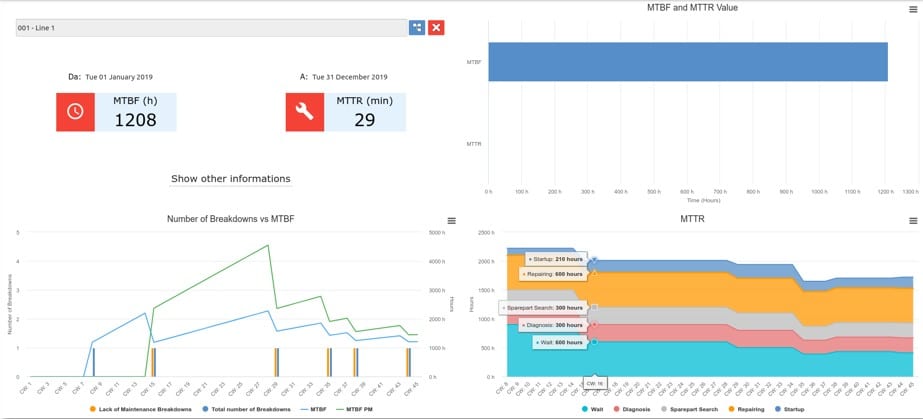
MTTR e MTBF
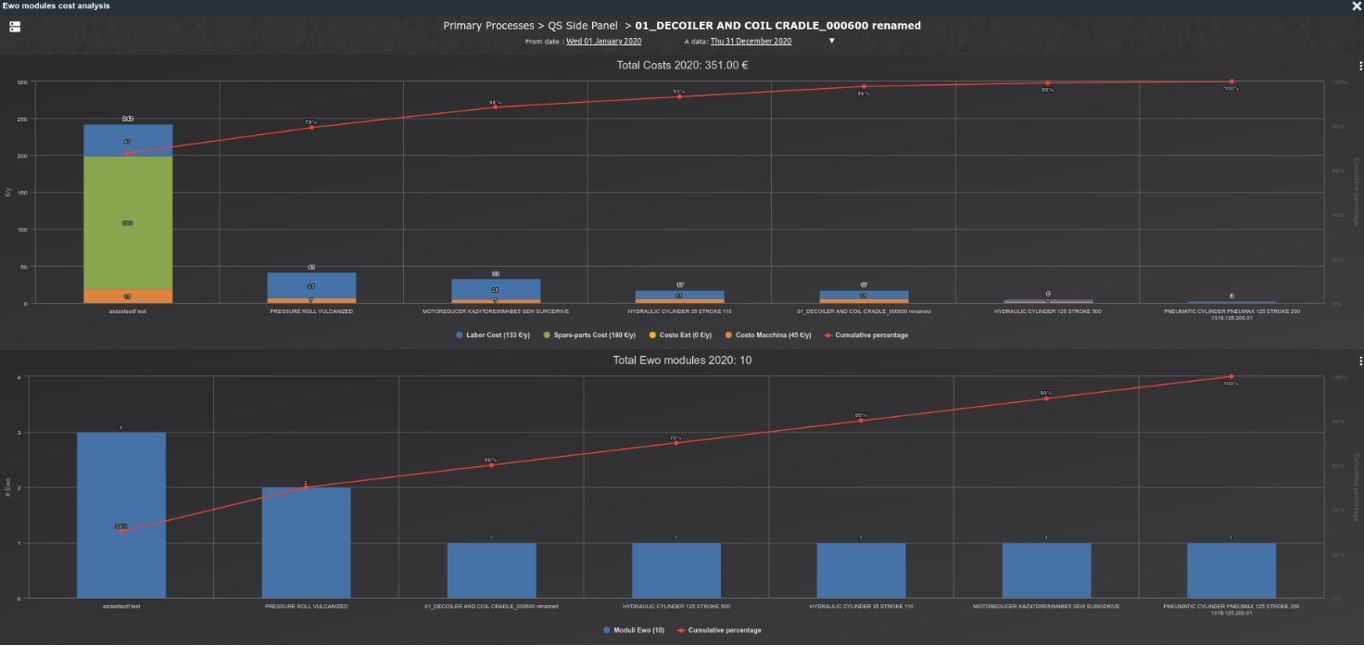
Maintenance cost analysis
TOOLBOX:
– Machine Ledger 4.0
We will definitely continue this digitization process in the following episode. Stay tuned!
If you’re interested in the themes that we’re covering, follow and text us on Linkedin: we’d like to know YOUR opinion
You may want to use something even quicker, in that case, follow us on Telegram!
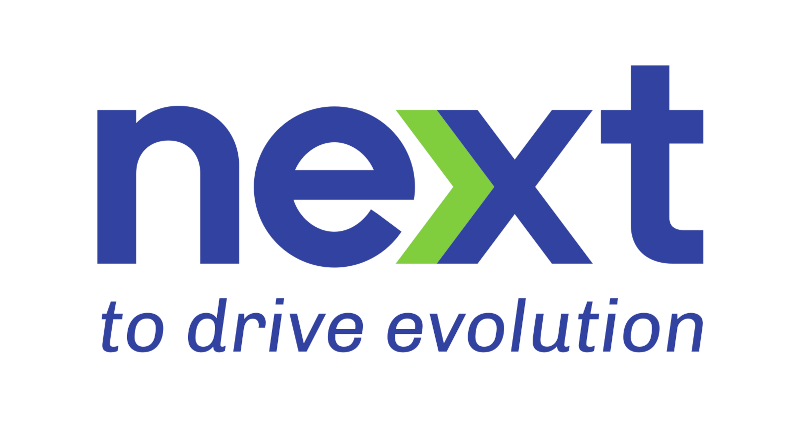
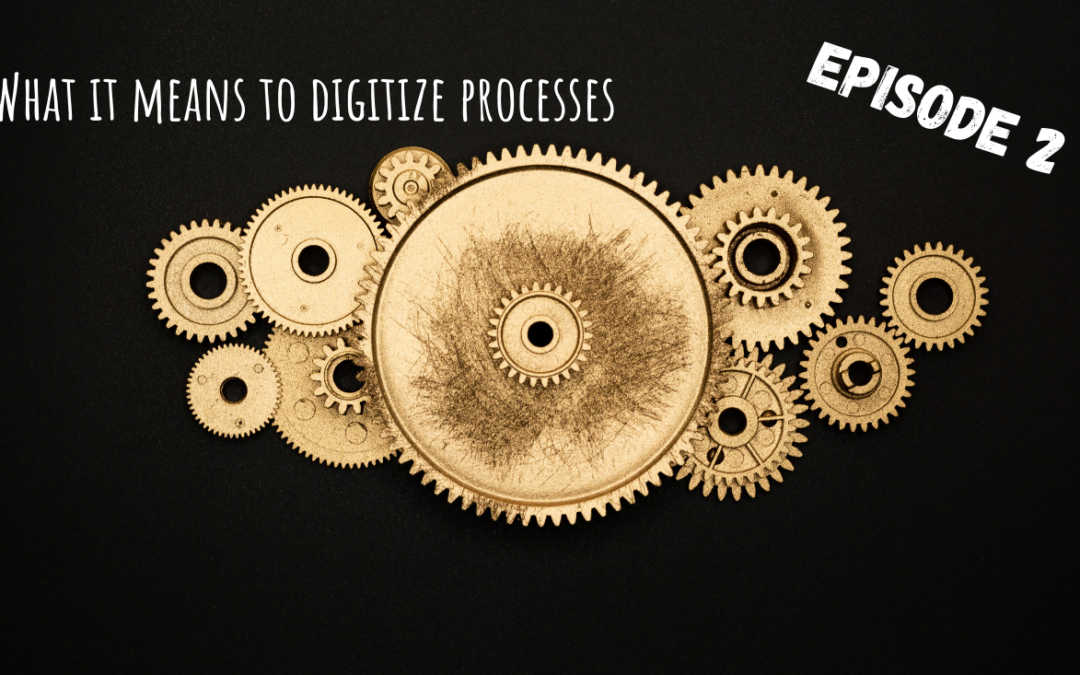

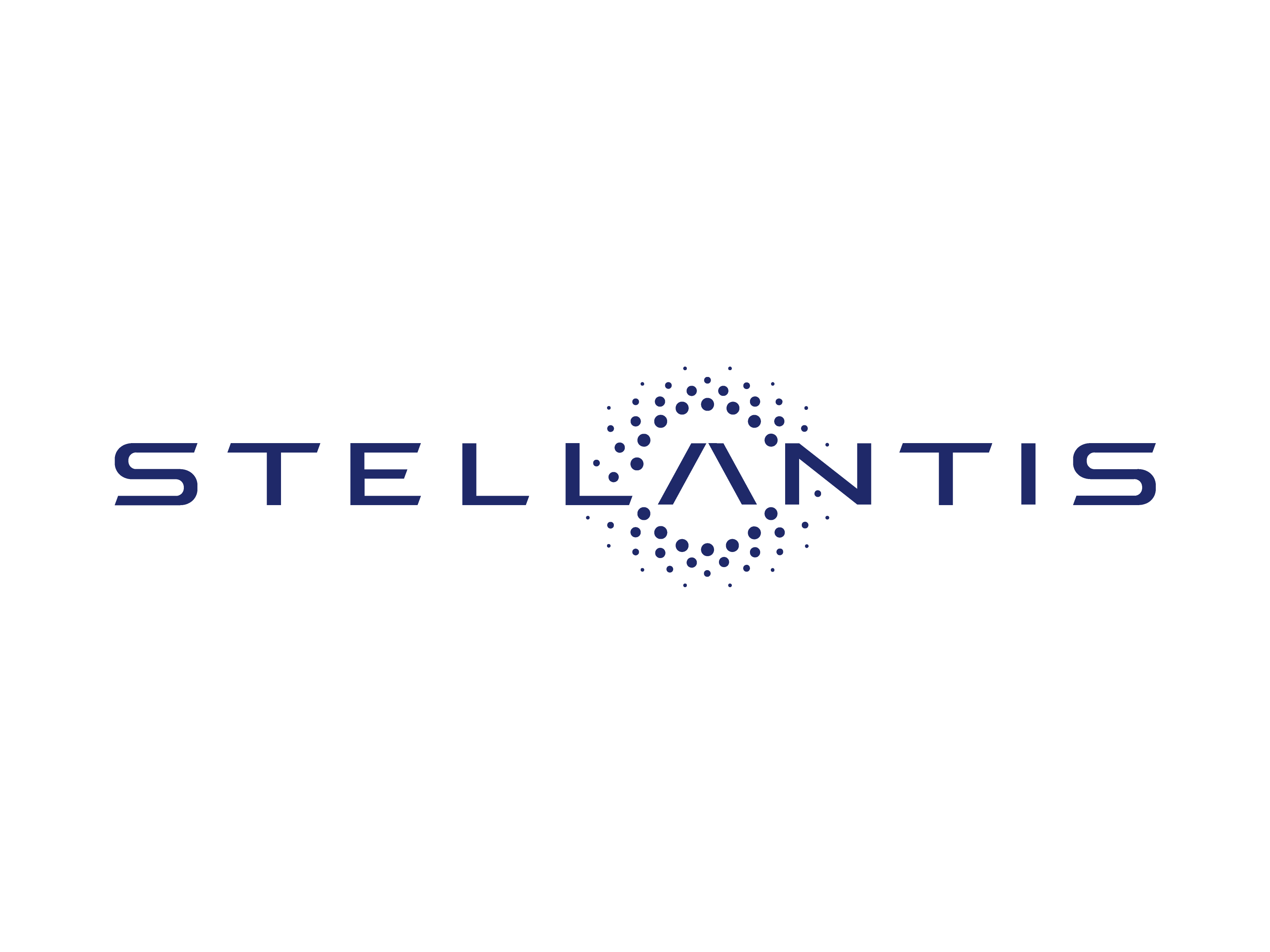

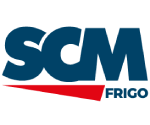





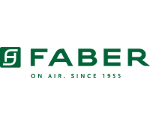



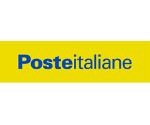

Recent Comments